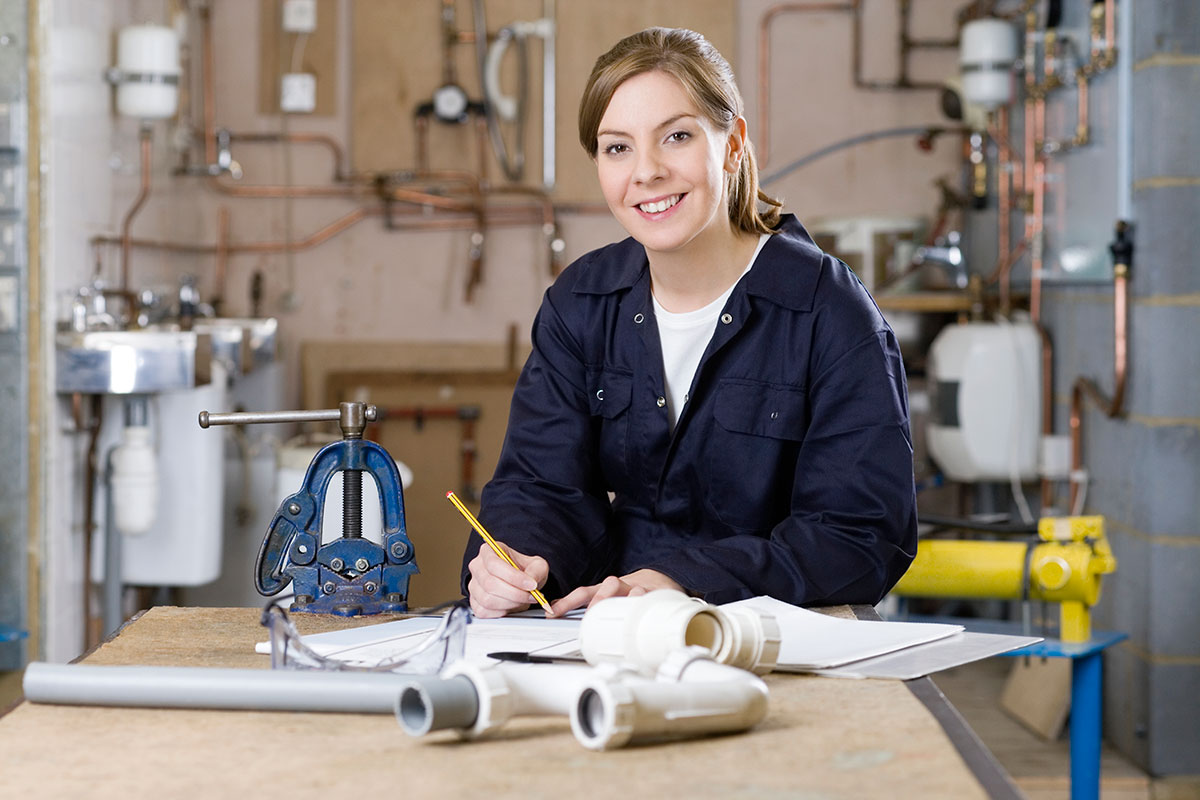Specialist Water Heater Installation Alabaster AL You Can Count On
Specialist Water Heater Installation Alabaster AL You Can Count On
Blog Article
A Step-by-Step Guide to Reliable Water Heater Setup for Optimal Efficiency
Starting the job of installing a water heater is an endeavor that demands precision and an organized method for attaining optimum efficiency. The process begins with the vital choice of picking the appropriate heating system customized to the particular requirements of your household, considering factors such as kind, energy, and dimension resource. Once selected, preparing the installation location to fulfill security criteria is paramount. However, the trip does not finish here. As you continue, the complexities of attaching water supply lines and establishing dependable electric or gas connections await, promising insights right into ensuring effectiveness and dependability.
Choosing the Right Water Heater

Next, think about the dimension and capacity of the hot water heater. It's vital to evaluate your house's hot water requirements, which can vary based on the number of residents and their usage patterns. A device that's too tiny might result in insufficient warm water, while an extra-large design may cause unneeded energy consumption.
Performance scores likewise play a critical role in option. Search for hot water heater with high Power Element (EF) scores, showing premium efficiency and reduced power use. Tankless designs, though normally extra pricey upfront, offer significant power financial savings in time because of their on-demand home heating capabilities.
Preparing the Setup Location
Before installing a new water heater, precise preparation of the installment area is important. It's essential to gauge the area thoroughly to suit the water heating unit's measurements, ensuring adequate clearance around the unit for effective operation and maintenance.
Inspect the flooring for security, as the water heating unit will certainly need a strong, level surface to operate effectively. If required, install a drip frying pan under the unit to catch possible leaks or spills, stopping water damages to the surrounding location.
Additionally, ensure that all needed tools and materials get on hand before starting the installation. This includes items such as wrenches, screwdrivers, a level, and any added equipment required for protecting the heater and placing. A well-prepared setup location establishes the foundation for a successful hot water heater setup, optimizing performance and safety and security.
Connecting Water Lines
When attaching supply of water lines to your freshly set up hot water heater, it is essential to make sure that all connections are secure and leak-free to maintain effective operation and protect against water damages. Begin by identifying the cold and warm water supply lines. The cold water inlet is commonly noted with a blue tag or a "C", while the hot water outlet is marked with a red tag or an "H".
Use flexible water heating system connectors to help with a less complicated setup procedure. Before connecting the connectors, position a plumbing's tape around the threaded ends of the water heater's inlet and electrical outlet pipelines.
When links are in location, gradually activate the primary water valve. Check each link for leakages by aesthetically really feeling and inspecting for dampness. Tighten connections as required, and make certain the pressure safety valve is correctly mounted, protecting versus excessive stress accumulation.
Establishing Electrical or Gas Links
Effectively setting up the electric or gas connections for your water heating unit is a vital step to make sure secure and reliable procedure. For electric water heating units, begin by confirming that the electric circuit is suitable with the heating system's voltage and amperage requirements.
For gas water heating systems, safety and security is vital. Confirm that the gas supply is off prior to continuing. Link the gas line to the water heating unit using a flexible gas adapter, guaranteeing it is effectively threaded and sealed with pipe joint substance or Teflon tape suitable for gas links. Tighten the connections with a wrench, taking care not to over-tighten (Plumbing Alabaster AL).
When links are made, inspect for any potential leakages. For gas lines, apply a soapy water service to the joints; bubbles show a leakage. For electric links, ascertain that all wiring is safe and secure and effectively protected, preserving conformity with local electric codes.
Changing and checking for Efficiency
With the electric and gas connections safely in area, the next action is assessing the operational efficiency of your water heater. Begin by meticulously turning on the water supply and making certain there are no leakages at any of the shutoffs or joints.
Following, perform a comprehensive inspection to make sure the home heating components or burner are operating correctly. For electrical heating systems, make use of a multimeter to validate if the elements are attracting the proper existing. In gas designs, observe the heater fire; it must be constant and blue, indicating reliable combustion.
Change the settings my link as required to remove inefficiencies. Take into consideration implementing insulation steps, such as including a water heater blanket, to better boost efficiency by lessening warm loss. In addition, inspect the anode rod's condition, as a scrubby rod can lower efficiency and lead to tank deterioration.
Final Thought
Reliable water heater setup is crucial for making sure ideal performance and power cost savings. Firmly linking water supply lines and meticulously establishing up electrical or gas links lessen prospective issues.

Effectively setting up the electric or gas connections for your water heating system is a critical step to ensure secure and effective operation. For electrical water heating systems, start by validating that the electric circuit is compatible with the heating unit's voltage and amperage requirements. Link the gas line to the water heating system utilizing an adaptable gas port, guaranteeing it is effectively threaded and sealed with pipe This Site joint substance find out here or Teflon tape ideal for gas links.
Report this page